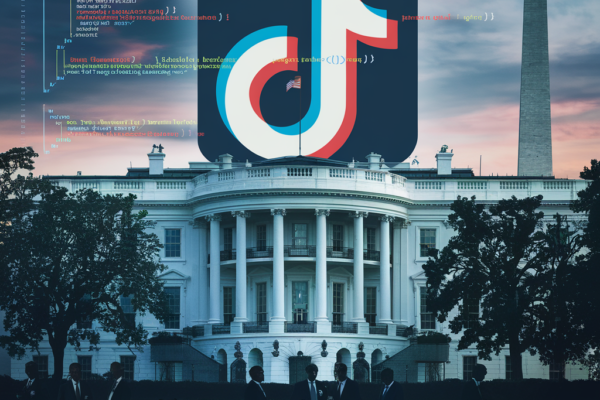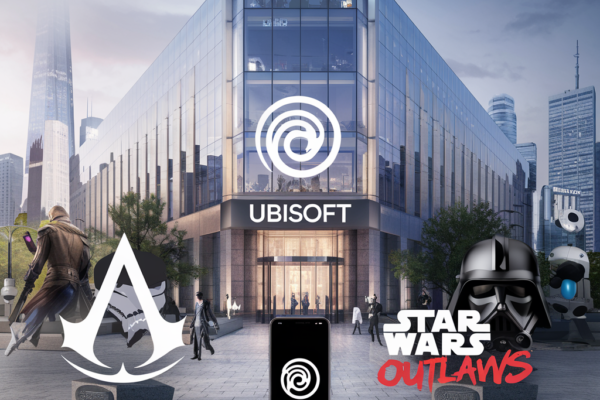Gabriela Hasbun/The Forbes Collection
Figma’s cofounder and some employees are set to make billions more in a historic retention package following its acquisition by the software giant.
Adobe caused a stir on Wall Street and in Silicon Valley when it announced on Thursday that it was buying design software startup Figma for $20 billion. But the deal is far more expensive for Adobe, due to a historic retention package for CEO Dylan Field and employees worth $2.3 billion at the time of announcement — more than $1 billion of that for Field alone.
The additional compensation comes in the form of six million restricted stock units, or RSUs, that vest over four years, Adobe disclosed in its deal announcement. But half of that is earmarked specifically for Field alone, two sources with knowledge tell Forbes. And Adobe initially offered Field more, the sources add, before the CEO settled upon a roughly even split with staff.
Adobe did not respond to a request for comment on Field’s retention package. A Figma spokesperson declined to comment on Field’s and Figma’s behalf.
At Adobe’s announced acquisition price of $20 billion in cash and stock, the overall retention package would be worth about $2.3 billion. With shares of Adobe trading down more than 20% since the news, the deal would stand today at $18 billion, with $1.7 billion in additional retention comp. Not all employees stand to benefit. As reproduced in a regulatory filing about the proposed acquisition, Figma told employees that Figma and Adobe would jointly decide what “subset of Figmates” would receive such grants. “Our team is still growing fast and we want to create opportunities for new hires over the pre-close period to also be considered for retention grants,” the company wrote.
The proposed acquisition, which the companies said they expected to close in 2023, has provoked backlash among some Adobe investors concerned about its cost — $50 times Figma’s expected revenue for the year — and among some Figma fans in the design community, who turned to memes and reshared a Field tweet from 2021 that “our goal is to be Figma and not Adobe.“ Adobe’s stock is down more than 20% since the announcement, evaporating $29 billion in market capitalization and helping cause several prominent analysts to cut their ratings.
The deal will make Field and cofounder Evan Wallace billionaires. (Wallace left the company in 2021). Adobe’s reasons for doing the deal, even at such a rich price, are simple, analysts say: the move pulls Adobe into the cloud, an area where it’s historically struggled to gain traction, while reaching a new cohort of design software customers. Beyond just taking a potential existential threat off the table, buying Figma also creates an opportunity to grow that business by integrating it into Adobe’s wider user base. To do that, Adobe will likely look more to the model of LinkedIn, which Microsoft acquired for $26 billion in 2016, and which Microsoft left running largely independently in years since under former CEO Jeff Weiner (incidentally, a mentor of Field’s).
A big part of that is retaining Field and his top lieutenants, and Adobe is paying a premium to do so. Field, 30, has run Figma since 2012 and carries credibility with customers and the broader designer community, they say. (Recent tweets, perhaps, aside.) “Clearly they want him to stick around,” says Wolfe Research analyst Alex Zukin, who called the timing and price of the deal more surprising than its substance. “If not for him [as a future CEO option for Adobe], for the value of the asset that’s being brought with him.”
Still, it’s a historically large retention package among recent tech history, particularly in enterprise software. Salesforce’s 2021 acquisition of Slack and Microsoft’s 2016 acquisition of LinkedIn, both larger acquisitions at $27 billion and $26 billion, involved public companies buying public companies, and thus had very little in the way of additional compensation: none for Slack cofounder and CEO Stewart Butterfield, and just $7 million for LinkedIn CEO Jeff Weiner (incidentally, a mentor of Field’s).
IBM’s $15 billion purchase of Mobileye in 2017, meanwhile, merely revised CEO Amnon Shashua’s vesting schedule for receiving more shares, while Okta’s $6.5 billion acquisition of Auth0 last year included $25 million for employees and an undisclosed separate amount for its CEO.
To find meatier retention packages in tech, one has to turn to consumer products. Walmart’s acquisition of e-commerce site Jet.com in the fall of 2016 for $3 billion in cash and $300 million in stock included a package of 3.5 million restricted shares for CEO Marc Lore, worth about $250 million at the time, and double that when they fully vested five years later. Walmart ultimately shut down Jet.com in 2020, but Lore lasted longer, departing more than four years after the sale in early 2021.
More recently, Intuit’s $7 billion acquisition of personal finance site Credit Karma in 2020 also included $300 million in RSUs for “certain” employees: Executive officers received about $125 million, per filings, while founder and CEO Kenneth Li received nearly $75 million in restricted stock, plus another $40 million in cash from Credit Karma’s board.
The gold standard for tech founder packages remains what Facebook offered founders Jan Koum and Brian Acton, on top of the billions they were already due to receive, when it acquired their startup WhatsApp for $19 billion in 2014. Employees at the messaging app received 45.9 million RSUs, worth $3.6 billion at the time and more than $7 billion four years later. CEO Koum received nearly 25 million in RSUs in a retention package worth $1.9 billion at the time; though he left six months before completing its four year vesting period, Facebook’s gaining share price meant his vested retention shares were still worth about $3 billion. (Acton, meanwhile, told Forbes in 2018 that his protest departure was leaving $850 million on the table.)
Several leaders, meanwhile, who didn’t receive much of a retention package didn’t stick around. Salesforce’s $6.5 billion acquisition of MuleSoft in 2018 and Cisco’s $3.7 billion purchase of AppDynamics in 2017 didn’t disclose any such packages in filings. Both company’s CEO’s departed within two years — with AppDynamics CEO David Wadhwani ultimately helping drive the acquisition of Figma now as an Adobe executive.
Salesforce’s $15.7 billion acquisition of Tableau in 2019, meanwhile, another public-public deal, included nearly $20 million in new RSUs for then-CEO Adam Selipsky, as well as a plan to grant him even more in refreshed equity grants. It wasn’t enough: Less than two years later, Selipsky returned to former employer Amazon Web Services to take its CEO job.
For Adobe, while analysts may question the price it paid for Figma in the short term as a “defensive move” — which coupled with a weaker earnings forecast to cause the recent pressure on its stock — the retention package makes sense, both in its duration and size. Cowen analyst Derrick Wood sees similarity to the generous compensation package Snowflake offered CEO Frank Slootman before that cloud data company’s 2020 IPO. For the gamble to pay off, Adobe needs Field and his “Figmates,” notes Mizuho Americas analyst Gregg Moskovitz — and Figma knows it, too.
“It’s reflective of the fact that Figma was a high-performing company with a lot of optionality such that it certainly didn’t need to sell,” Moskovitz says.
Additional reporting by Iain Martin.
Source
Author: Alex Konrad, Forbes Staff





